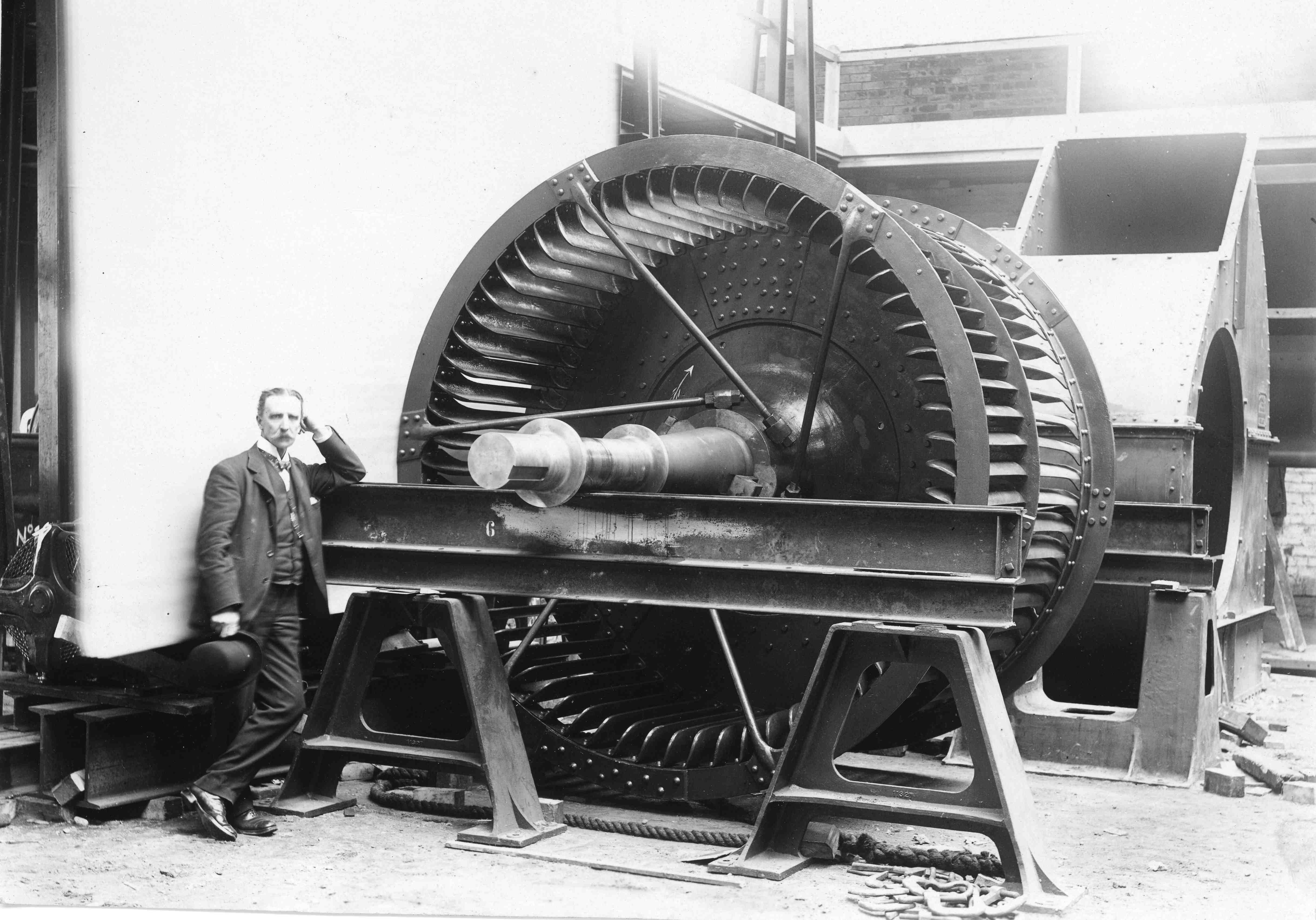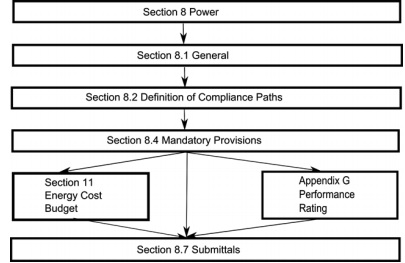



This helps to encourage integrated design and results in lower energy consumption in buildings. For example, Appendix G provides credit for optimized building orientation, optimized window area, “right sizing” of HVAC equipment, appropriate HVAC equipment type selection, and efficient use of building thermal mass. Appendix G on the other hand, uses a more independent baseline, where many of the parameters are set to standard practice, thus allowing credit for design features that go beyond standard practice. The baseline in ECB, to which a proposed building design is compared, is essentially a clone of proposed design, with each parameter set at exactly the prescriptive code efficiency level. Appendix G is familiar to those in the green building industry as the modeling method used to quantify building energy performance for above code programs such as the USGBC’s LEED rating system, commercial building federal tax credits, and the International Green Construction Code (IGCC).Īppendix G provides a significant advantage over the ECB performance path. Before the 2016 edition of Standard 90.1, only ECB was approved for demonstrating minimum compliance with the standard. Standard 90.1 includes two performance paths: the Energy Cost Budget (ECB) method and Appendix G, the Performance Rating Method. The performance path provides additional flexibility by allowing a designer to “trade off” requirements by not meeting some prescriptive requirements if the impact on energy cost can be offset by exceeding others, as demonstrated through energy simulation, thereby increasing design flexibility. The prescriptive path regulates design by establishing minimum criteria for energy-related characteristics of individual building components such as R-values of insulation, efficiency of HVAC equipment, maximum lighting power, and so forth.

You can comply with Standard 90.1 in two ways. Most states either adopt it directly, or adopt a code that allows it as a compliance option. What is ANSI/ASHRAE/IES Standard 90.1, and how does it effect how we measure energy efficiency? ASHRAE Standard 90.1 is the basis for nearly all commercial building energy codes in the U.S. ASHRAE updates mean more flexibility for designers, more uses for the same building energy models, more recognition of energy saving design strategies, and lower energy modeling costs.


 0 kommentar(er)
0 kommentar(er)
